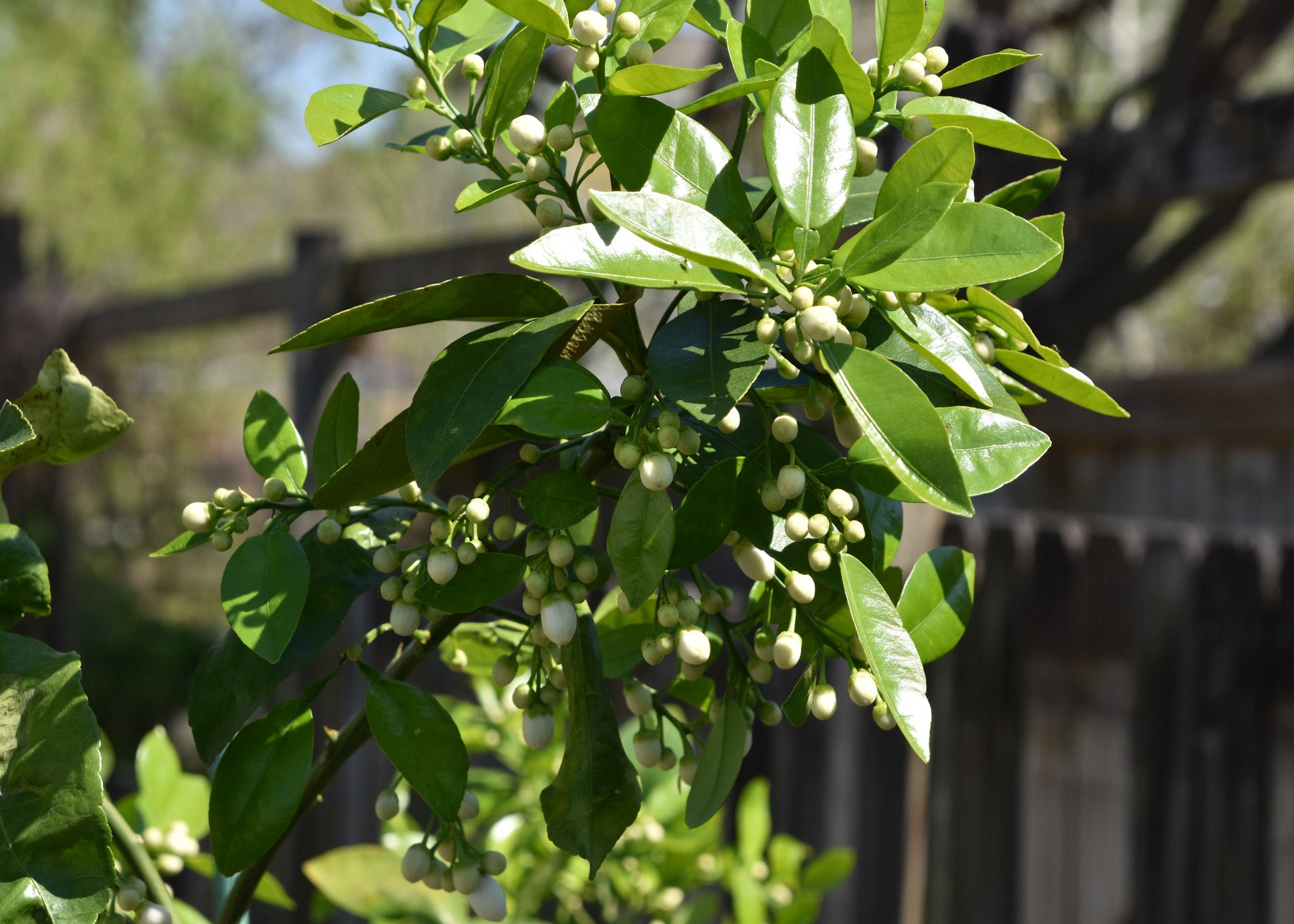Prune citrus each spring to keep them producing
Published 2:34 pm Monday, March 28, 2022

- FLOWERS -- Citrus trees bloom in the spring, and this Rio Red grapefruit is bursting with flower buds. (Photo by MSU Extension/Gary Bachman) Alt text -- A branch is loaded with flower buds.
By Gary R. Bachman
MSU Extension Service
I spent time outside this weekend enjoying my landscape and garden and trying to get caught up with late-winter/early-spring pruning. I spent a couple of hours in my citrus grove marveling that I can grow such a variety of these delicious fruit trees.
I’ve found that most years, there seems to be a difference in flowering among the trees. I’ve thought that maybe citrus will get into the alternate bearing pattern that is so common in the live oaks here on the Mississippi Gulf Coast.
But this year, it seems that every one of my citrus trees is bursting with flower buds. I smelled the sweet aroma of the opening flowers on the gentle breeze. My Rio Red grapefruit is loaded with flowers, and I can hardly wait to try the first grapefruit I’ve ever grown.
Pruning citrus is a garden tasks that needs to be performed every year. These trees produce an abundance of new growth all over, up and down the trunk and along every branch. These new shoots must be removed, and most can be simply rubbed off with your thumb.
This is the time of the year to look for and remove any growth popping out of the rootstock. Citruses, like many other fruit trees, are grafted. The rootstock is a hardy selection, and the scion — the citrus we want to grow — is grafted onto the rootstock.
It’s easy to see the new rootstock growth, as it typically is trifoliate, while the desirable scion has broader leaves. There could also be a difference in the amount and length of thorns. If allowed to grow, the rootstock will produce fruit that is inedible.
The other important pruning that you need to do on your citrus is to remove any dead or crossing branches. This type of pruning is common when maintaining any woody landscape plants.
Each winter causes some of the branch tips to die back a bit, so go ahead and prune them back to green tissue. Remove any crossing branches to prevent damage caused by branches rubbing against each other. It also opens up the center of the tree for better sunlight penetration and air movement.
While citrus is fairly easy to grow in south Mississippi, home gardeners in the northern part of the state aren’t completely out of luck. Many citrus selections are perfectly happy growing in larger containers that can be moved inside during the cold of winter.
Satsuma, Meyer lemon and kumquats have the greatest tolerance to cold. The Extension Service publication, “Growing Citrus in Containers in Mississippi,” available at http://msucares.com/pubs/publi
If you’re concerned about the potential size of citrus trees in containers, there are specialty growers that offer dwarf and smaller-scale citrus varieties.





